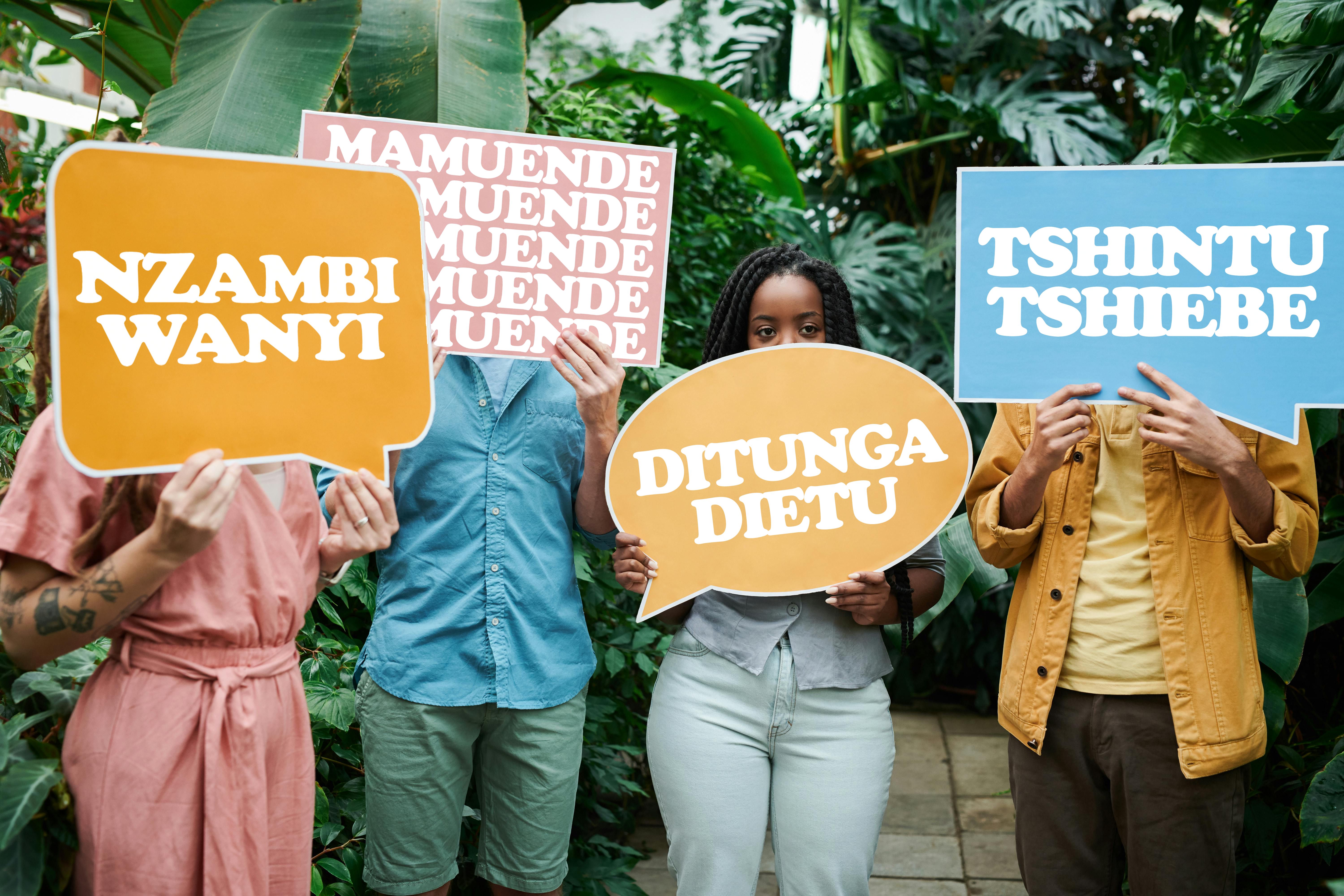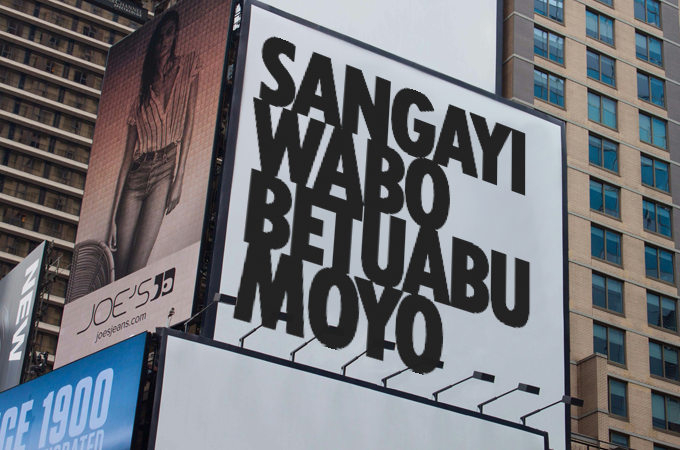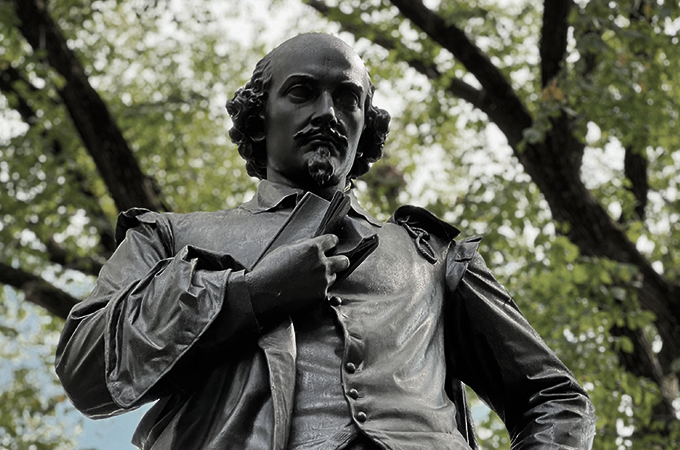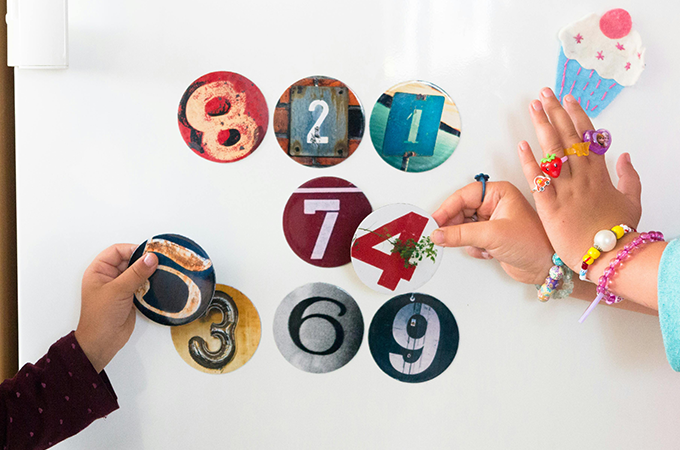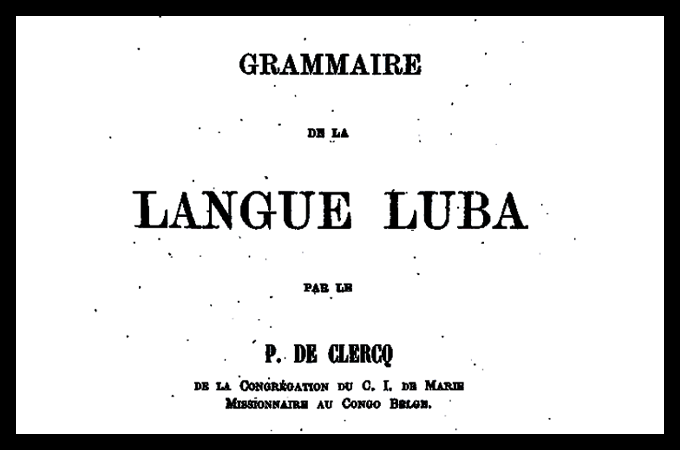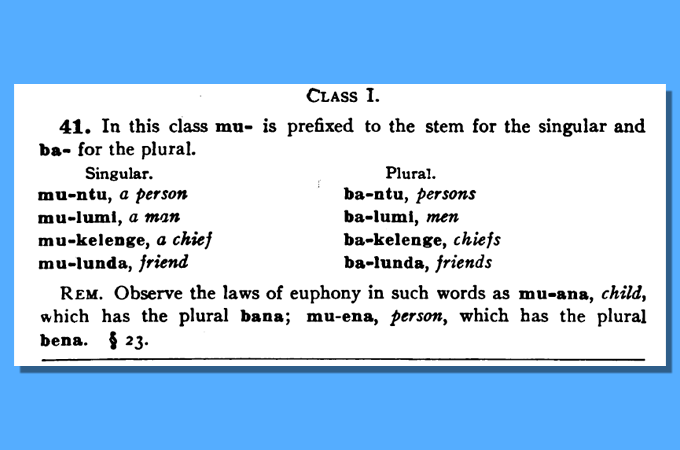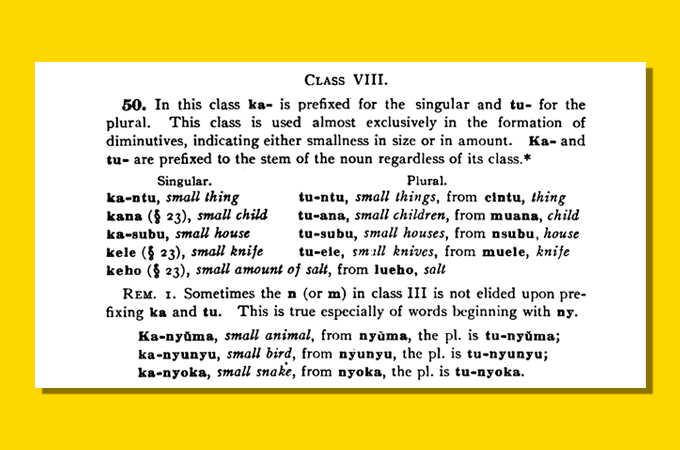Nzambi Wanyi! Mamuanyi! Ditunga Dietu! Possessive pronouns are used so often in everday communication. In this article, we discuss the possessive pronouns and adjectives in Tshiluba and how they are used.
Read More | Lire Plus | Bala KabidiMoyo! Betuabu! Sangayi Wabo! Greetings and salutations are often the starting point to learning a language. In this article, we discuss the various greetings in Tshiluba and how they are used.
Read More | Lire Plus | Bala KabidiThe National Anthem of the Democratic Republic of Congo 'Debout Congolais' was written in 1960 Joseph Lutumba, this translation into Tshiluba was created by an unknown author, yet it captures the essense and spirit of Congolese Nationalism.
Read More | Lire Plus | Bala KabidiConjugating 'to be' in Tshiluba can be complex. In this study, we explain the verb 'to be' and how to conjugate in two forms: the affirmative 'to be' and in the negative 'not to be.'
Read More | Lire Plus | Bala KabidiLearn to count in Tshiluba by understanding the syntax and the methods employed for detailed numeration. By the end of the article, readers will have gained a solid understanding of how to count in Tshiluba and will be equipped with the tools and knowledge needed to apply this skill in real-life situations.
Read More | Lire Plus | Bala KabidiThere are a total of eight noun classes in Tshiluba. It is a fundamental necessity for anyone who aspires to gain literary tshiluba mastery to learn the noun classes of Tshiluba and their particularities.
Read More | Lire Plus | Bala KabidiIn Tshiluba, like most languages, there are nouns which describe people, places, or things. Nouns in Tshiluba with the prefix mu- or ba- are usually employed to describe people. Mu- is used for singular and ba- for plural.
Read More | Lire Plus | Bala KabidiThe inflection of nouns is made not by suffix terminations, as in the Indo-European system of languages, but by the use of prefixes. The Ka-Tu noun class in Tshiluba is almost exclusively employed for diminutives.
Read More | Lire Plus | Bala Kabidi
